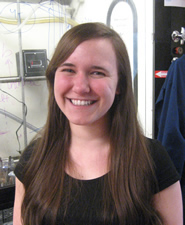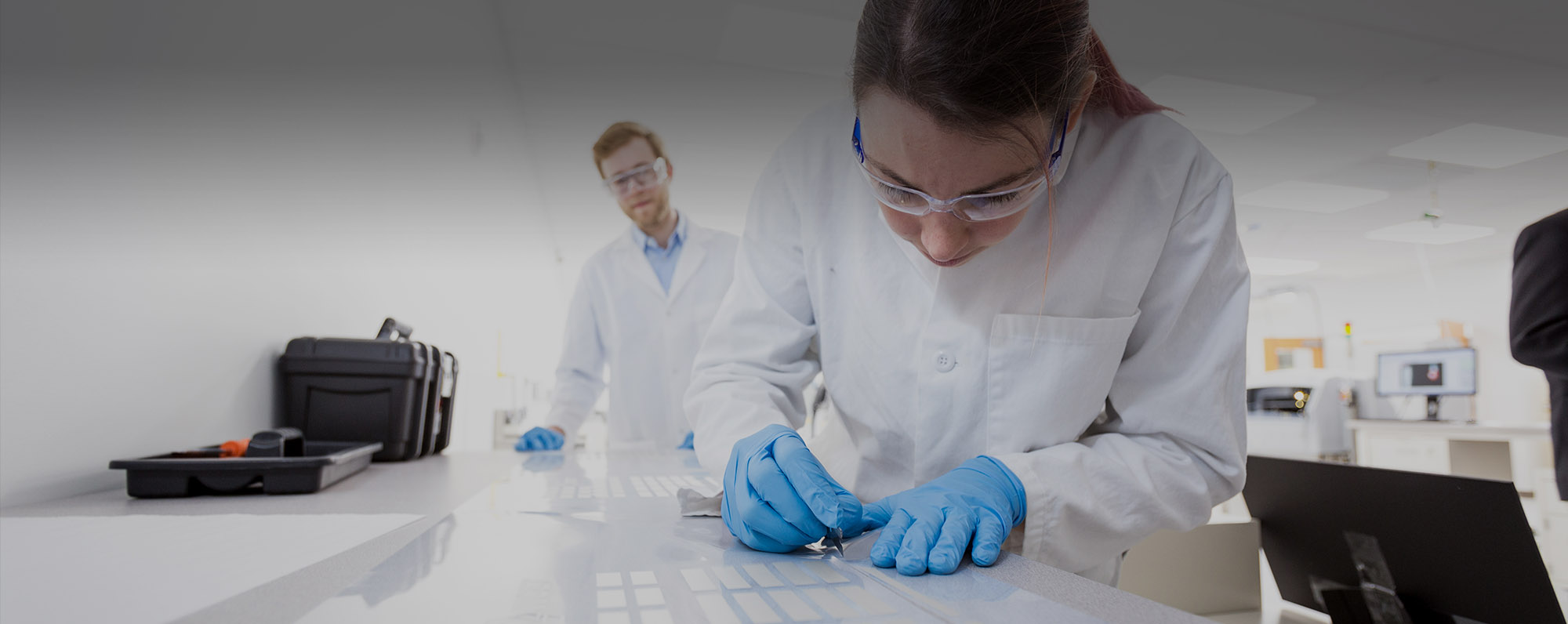
Graduate Student, Chemistry
Carrier-doping and the Nature of Plasmon Resonances in Copper Sulfide Semiconductor Nanocrystals for Clean Energy Applications
A fundamental problem in manufacture of clean, low-cost energy technologies is the transport and storage of electrical charge without material decomposition. These challenges often involve the generation and manipulation of charge carriers in semiconductors. Semiconductor nanocrystals capable of supporting delocalized charge carriers are attractive for emerging technologies because they are solution-processable, making them potentially cheap and highly scalable. My research focuses on understanding the kinetics and/or thermodynamics that govern the ability to add charge carriers to semiconductor nanocrystals (a process known as “electronic doping”), as well as the photophysical processes that occur in these charged systems. Copper sulfide is an intriguing material due to its ability to support delocalized charge carriers and its stability amid drastic lattice changes. Present studies are focused on the synthesis and electronic doping of copper sulfide, as well as characterizing the behavior of the excess charge carriers. These studies are also being expanded to include other copper chalcogenide materials, such as copper selenide and copper telluride, and a wide range of other semiconductor oxide materials, including indium oxide, zinc oxide, titanium oxide and tungsten oxide.



